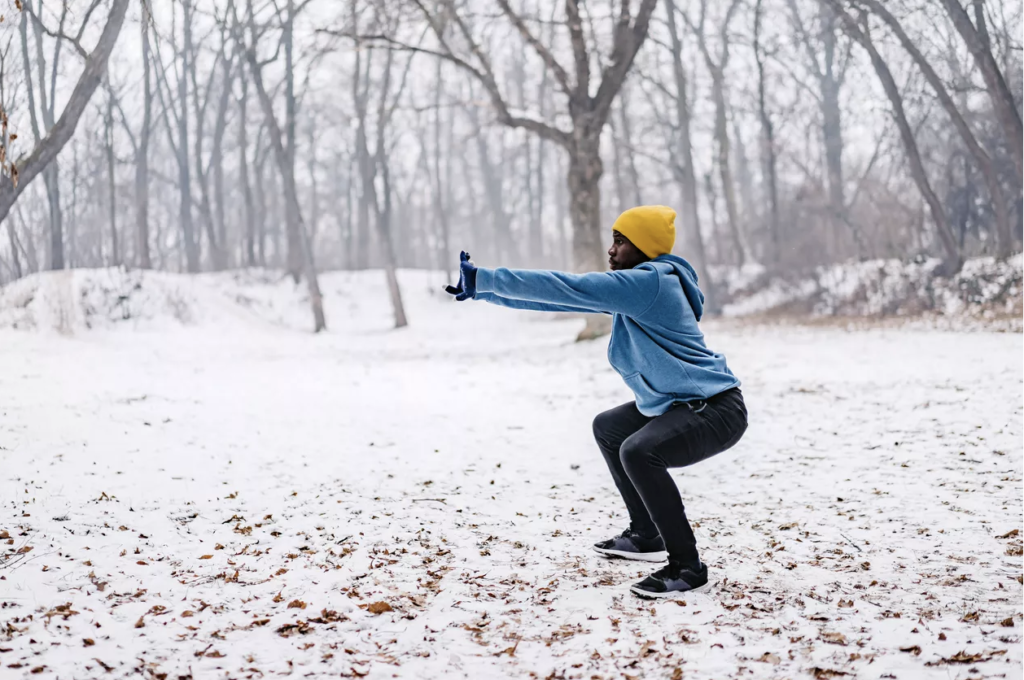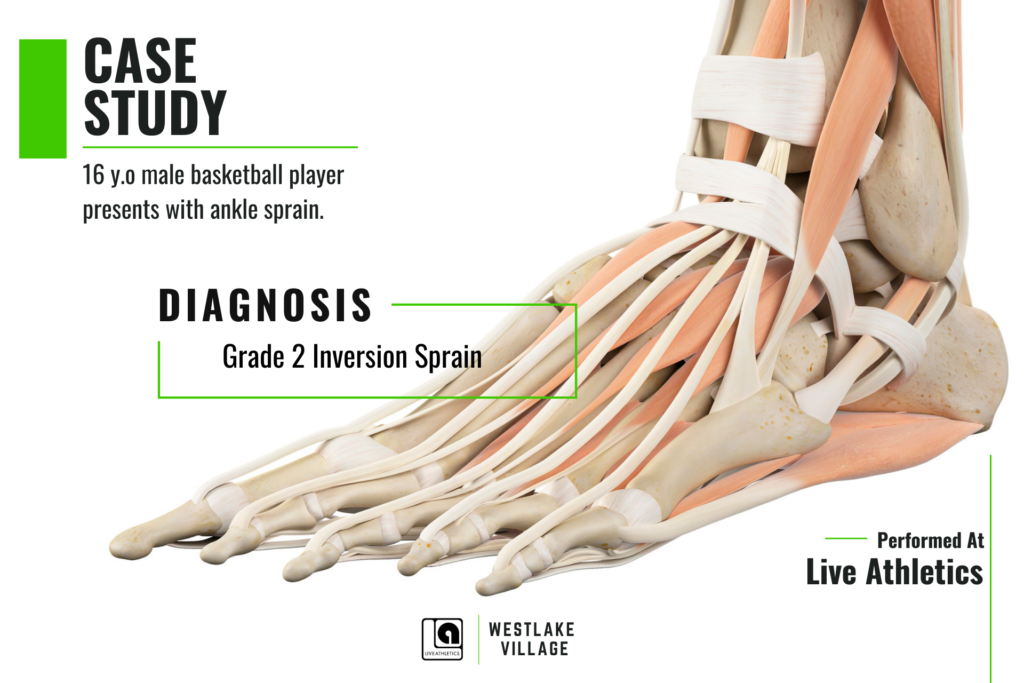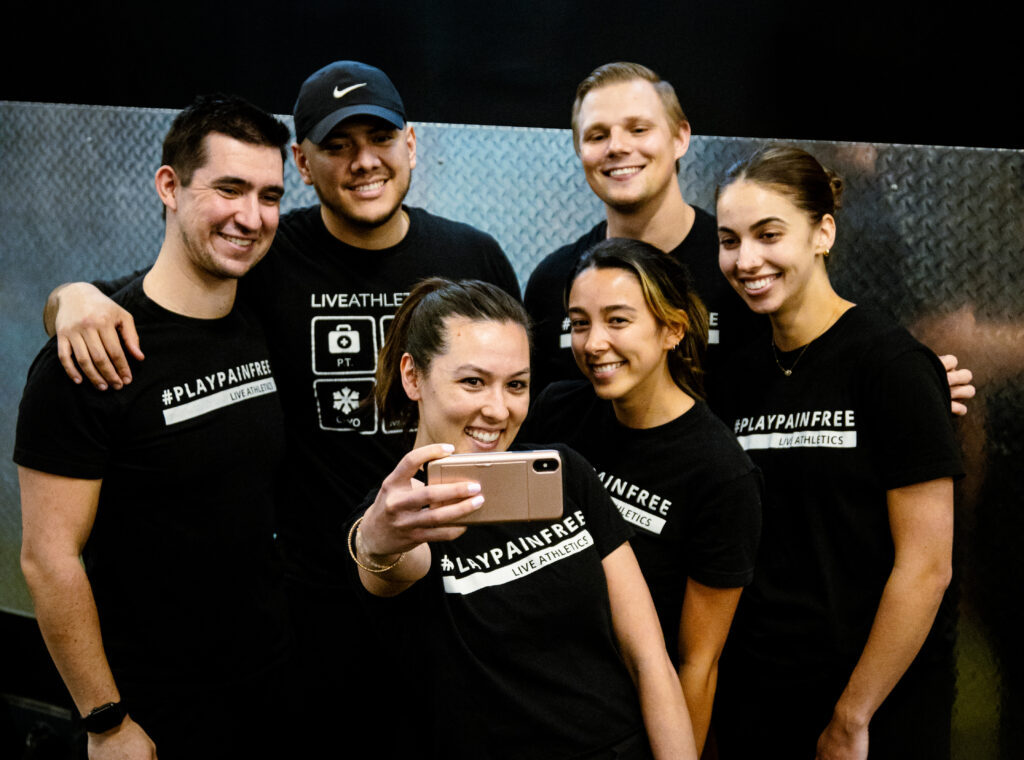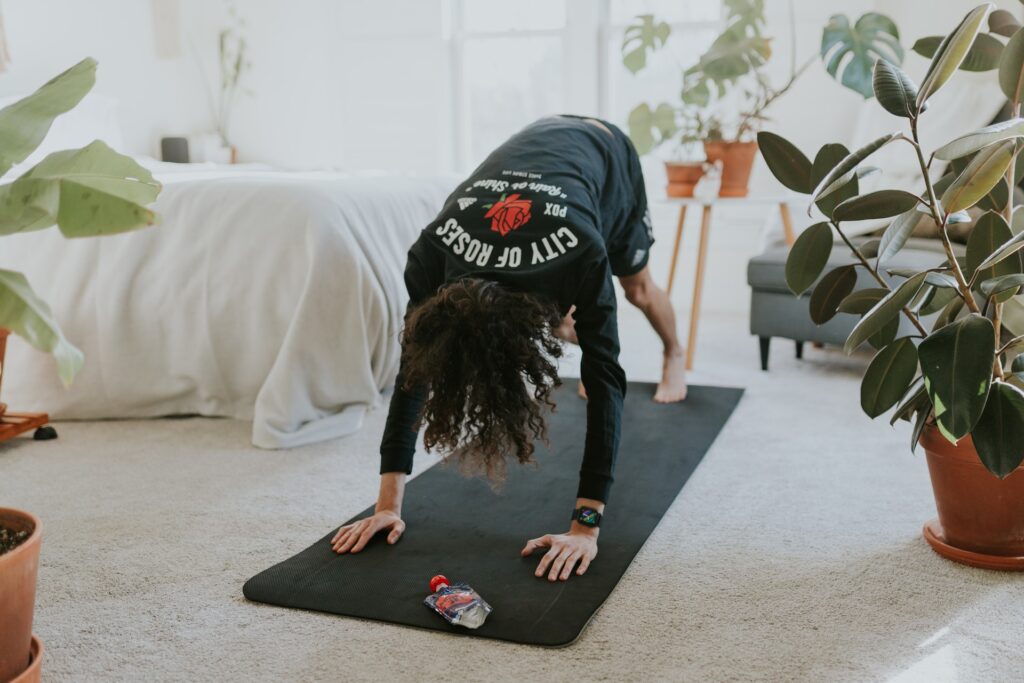You’ve made the commitment to go to physical therapy and you’re ready to get better. But, if you’re not careful, your PT visit can be wasted. Here are five things that you should never do in physical therapy:
Not telling your physical therapist about all of your pain or your symptoms.
When you go to a physical therapy appointment, it’s important to be honest with your therapist. If there is something that continues to hurt or give you trouble, let them know about it so that they can help you feel better as soon as possible.
Not following through with the program that is designed for you.
The physical therapy program is designed for each patient, and it’s designed to get them better. If you don’t follow the program, you won’t get better. It’s that simple! The therapist will explain how to do each exercise correctly, so there is no excuse not to do it correctly. They can also help with any questions or concerns you may have about your condition or treatment plan during each session. In addition, they can answer any questions that come up between sessions as well. It’s important that you understand this concept because of what could happen if you don’t follow through: You could end up with a chronic injury that will take longer to heal, if it heals at all. The physical therapist will be able to help you with this as well. They can show you how to do the exercises correctly so that they work for you and not against your condition.
Not doing your daily homework, even if it’s just taking a simple walk.
Even if your doctor tells you to rest, there’s a way to get exercise that won’t over-do it: walking. Walking is a great way to improve your physical therapy, but it can also help you feel better, recover faster and prevent injuries in the future. In fact, even if you’re not a patient at all and just want to stay healthy or keep getting better from an injury or surgery, walking is something everyone should be doing on a regular basis. Here’s why: 1. It helps get you moving again. If you’ve been sitting in bed or on the couch all day, your body needs some time to adjust to being active again. Walking is a great way to get started because it’s easy on your joints and doesn’t require any special equipment.
Not communicating with your therapist when something is painful or uncomfortable.
In physical therapy, you’re paying for a professional to help you. But how can they do that if you don’t tell them what is wrong? How can they help if you don’t follow their instructions? And how can they help if you don’t do your daily homework?
- Communicating with your therapist is key to getting the most out of your PT sessions. Your therapist should be able to explain why something hurts and how it works (or doesn’t work). If something hurts in an unexpected way, let them know. If something feels good, let them know too!
- It’s also important to remember that physical therapists aren’t mind-readers – so even if there’s nothing wrong with one area of pain or discomfort, say so anyway! Asking questions may seem silly at first but it makes sure that both parties are on the same page about what’s going on and how best to fix any problems going forward.*
Not being patient.
As a patient, you’ll have to be patient with the healing process. If you’re not seeing results from your physical therapy sessions, it’s okay to ask your therapist what you can do differently. The more specific and detailed information you can provide about progress or lack thereof, the better your PT will be able to help you.
If it’s been a few weeks and you’re still in pain, don’t be afraid to ask: “What else can I do?” or “How long until my recovery is complete?” Your doctor may tell you that there’s nothing else they can do for now—and that’s fine! But if they give advice on how to work through your injury at home (like icing or making sure certain movements are included in everyday life), make sure that these changes are reflected in your daily routine. It may seem like an inconvenience at first (especially when everyone around seems healthy), but ultimately this will help prevent further injury or worsening of symptoms later down the road!
Don’t neglect your physical therapy because it can help you get better faster
The most common reasons people don’t go to physical therapy include:
- They think they can get better on their own.
- They plan to go, but never do.
- They’re worried about the cost of physical therapy.
While self-care can be effective in certain situations, you shouldn’t be tempted to rely on it if your doctor has prescribed you a course of physical therapy. Physical therapists are highly trained professionals who know how to treat an array of injuries and conditions, including back pain, neck pain, knee pain, shoulder pain and more—and they know how best to help you heal so that you can get back in shape as quickly as possible. Physical therapists also have access to various tools that make their job easier (and more comfortable for patients): modalities like ultrasound machines or electrical stimulation units provide targeted treatment for specific areas; stretching bands help improve flexibility and range of motion; resistance band exercises build strength; foam rollers help with mobility exercises; hand weights strengthen muscles when used properly by patients under the guidance of a therapist; balance boards improve coordination. If you have been injured, it is important to see a physical therapist. If you are not sure whether you need one or not, book a free consultation here.
Conclusion
You can’t expect to get better if you’re not doing your physical therapy homework. Your therapist is there to help you, so talk to them about anything that’s bothering you before it becomes a bigger problem. And don’t be afraid to ask for help when needed!







